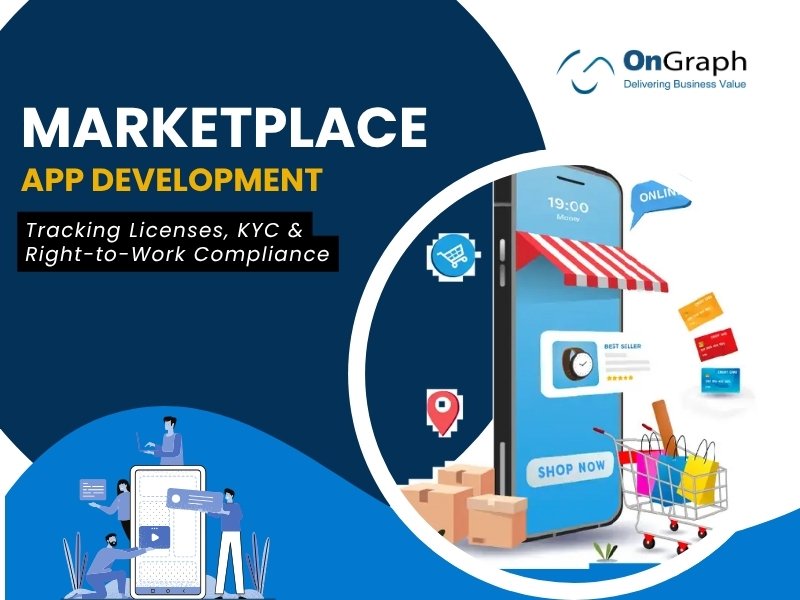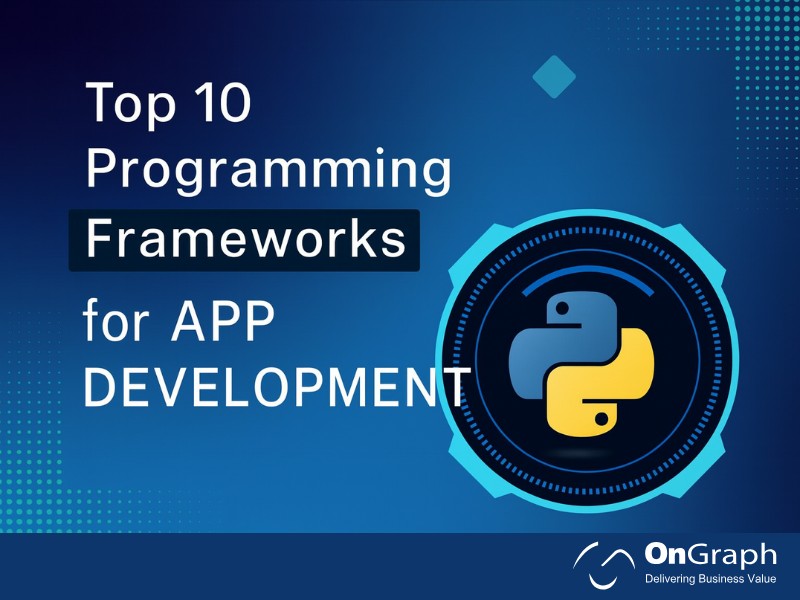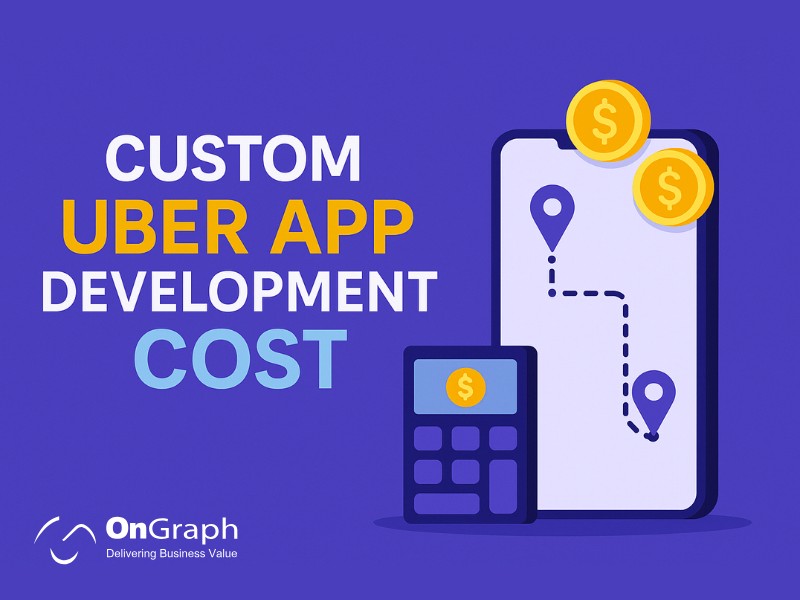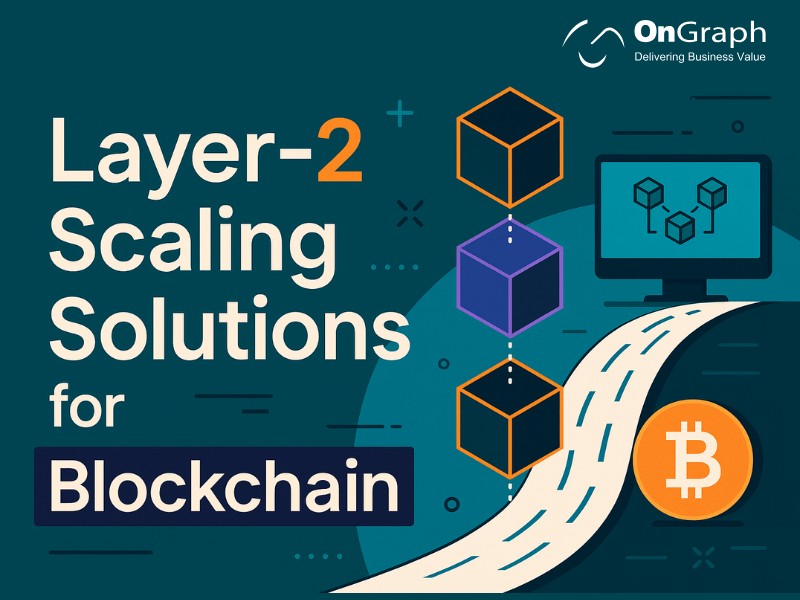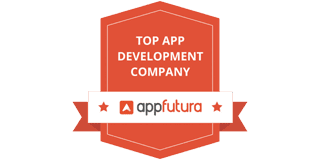In this article
- 1. Understanding Marketplace App Development
- 2. The Business Case for Marketplaces in 2025
- 3. The MVP Stage: Launch Fast, Learn Faster
- 4. Core Features of a Successful Marketplace App
- 5. Building Trust: Escrow Payments and Verification
- 6. Reviews, Ratings, and Reputation Systems
- 7. Fee and Monetization Models That Scale
- 8. Introducing Automation: When and Why
- 9. From Local MVP to Multi-Country Scale
- 10. Cost Breakdown of Marketplace App Development
- 11. Case Study: Scaling from Single City to Network Effects
- 12. The Future of Marketplace App Development
- Conclusion
The digital marketplace economy is booming — and it’s only getting stronger. According to Statista (2025), over 70% of eCommerce transactions worldwide now happen through online marketplaces, with industries such as mobility, logistics, healthcare, and local services leading the trend. For startups and enterprises alike, investing in marketplace app development has become one of the smartest ways to create recurring revenue, automate operations, and scale globally.
However, not every marketplace succeeds. The difference between a short-lived platform and a thriving ecosystem lies in how you move from an MVP (Minimum Viable Product) to network effects — where every new user adds more value for everyone else.
In this guide, we’ll explore the complete lifecycle of marketplace app development, from launching lean to scaling multi-country, and the exact strategies, costs, and technologies that make modern marketplaces profitable and sustainable.
1. Understanding Marketplace App Development
Marketplace app development is the process of creating a digital platform that connects buyers and sellers (or service providers and customers) under one unified experience.
Unlike traditional eCommerce, where one business sells directly to consumers, a marketplace acts as a trusted intermediary — managing listings, payments, verifications, and logistics.
Modern marketplaces can be:
- B2C – Businesses offering services or products to consumers (like Uber or DoorDash).
- B2B – Companies buying and selling through procurement platforms.
- C2C – Individuals transacting directly, e.g., Etsy or Airbnb.
- Vertical / Niche – Focused categories like healthcare staffing, taxi booking, or property rentals.
A reliable marketplace app development company builds solutions that ensure both trust and liquidity — enabling secure transactions, verified profiles, and data transparency for all users.
2. The Business Case for Marketplaces in 2025
The marketplace model continues to dominate because of its scalability, automation potential, and unit economics.
Here’s why founders are doubling down on marketplaces this year:
- Global adoption: The marketplace economy is projected to hit $8.5 trillion by 2030 (McKinsey, 2025).
- Low inventory risk: Platforms don’t own products — they earn commissions instead.
- Recurring monetization: Subscription tiers, transaction fees, or featured listings ensure steady income.
- AI and automation: Smart routing, dynamic pricing, and KYC verification improve user experience and compliance.
Whether you’re in transportation, healthcare, real estate, or staffing, marketplace platforms are the new growth engines for digital-first businesses.
3. The MVP Stage: Launch Fast, Learn Faster
Building everything at once leads to wasted time and money. The MVP (Minimum Viable Product) approach ensures that your marketplace idea is validated before you scale.
MVP Essentials
1- Start with a single geography – Focus on one city or region to achieve liquidity.
2- Prioritize core flows – Enable basic search, booking, and payment functionality.
3- Use manual processes early – Assign orders or providers manually before automating routing.
4- Track metrics from Day 1 – Measure conversions, provider response rate, and repeat bookings.
By following this lean approach, you reduce your initial marketplace app development cost by up to 50%, while gathering data to guide the next phase of automation and design.
4. Core Features of a Successful Marketplace App
When you partner with a professional marketplace app development company, your platform typically includes three key interfaces — Customer, Provider, and Admin.
Customer Interface
- Account creation and profile management
- Real-time search and category filters
- Transparent pricing and ratings
- In-app payments and order tracking
Provider Interface
- Quick KYC verification and onboarding
- Service listings and scheduling tools
- Wallet integration and earnings reports
- Reviews and communication tools
Admin Dashboard
- Commission control and dispute resolution
- Region and category management
- Real-time analytics on the supply-demand ratio
- Role-based access for multi-country teams
For early traction, focus on simplicity and trust — complex algorithms can come later once you have consistent usage.
Ready to Build Your Marketplace App? Let’s Turn Your Idea Into Reality
5. Building Trust: Escrow Payments and Verification
Trust fuels every marketplace. Without it, no amount of marketing will help.
That’s why escrow payments, identity verification, and reviews are core to every professional build.
Escrow and Payouts
Funds are held securely until both parties confirm successful completion.
Payment solutions such as Stripe Connect, PayPal for Marketplaces, or Razorpay Route handle:
- Multi-party payouts
- Tax and commission deductions
- Multi-currency settlements
- Refund automation
KYC & Compliance
Manual verification works at early stages. Later, integrate KYC APIs or right-to-work verification tools for automated onboarding and fraud reduction.
These workflows ensure your platform is compliant, trustworthy, and scalable across borders.
6. Reviews, Ratings, and Reputation Systems
Reputation is the new marketing currency.
In a 2024 Nielsen report, 92% of users said they trust peer reviews more than company claims.
Building automated review loops after every transaction helps:
- Improve provider accountability
- Surface top performers
- Encourage repeat transactions
Smart moderation tools also prevent fake reviews and spam, maintaining your platform’s credibility over time.
7. Fee and Monetization Models That Scale
Choosing the right monetization model defines how your business earns — and how providers stay motivated.
Common Models
- Commission Model: Take a percentage of each transaction.
- Subscription Model: Charge vendors for premium listings or analytics.
- Listing Fees: Useful for classified or property platforms.
- Freemium Model: Free entry, paid access to advanced features.
Pro Tip: Start with one model (commissions) to simplify accounting. Introduce others once transaction volume grows.
8. Introducing Automation: When and Why
Automation drives profitability — but too early, it can add unnecessary complexity.
Adopt automation after your MVP reaches consistent liquidity.
Key automation features:
- Auto-assignment logic: Match users and providers by proximity, rating, and price.
- Dynamic pricing: Surge rates or discounts based on demand.
- Fraud detection: AI models to flag suspicious activity.
- Analytics dashboards: Insights on category performance and fulfillment times.
A seasoned marketplace app development company will recommend a modular approach — allowing you to add automation progressively without code refactoring.
9. From Local MVP to Multi-Country Scale
Once your local marketplace achieves strong unit economics, expansion becomes the next logical step.
Here’s a roadmap for going global:
1- Enable Geofencing: Show relevant providers only within defined radiuses.
2- Add Localization: Translate UI, adapt to local currencies, and adjust date formats.
3- Integrate Global Gateways: Use providers like Stripe, Adyen, or Wise for cross-border payouts.
4- Comply with Local Laws: Embed GDPR, tax logic, and right-to-work verification.
5- Monitor Performance Regionally: Use your admin dashboard to track KPIs per country.
This modular design ensures your marketplace can operate in 10+ countries using the same codebase — a hallmark of scalable architecture.
10. Cost Breakdown of Marketplace App Development
Pricing depends on scope, platform choice, and integrations.
Here’s a practical range for 2025:
| Phase | Estimated Cost (USD) | Timeline |
| UI/UX Design | $1,500 – $2,500 | 2 Weeks |
| Mobile Apps (Customer + Provider) | $3,000 – $4,000 | 3–5 Weeks |
| Admin Panel & APIs | $1,200 – $1,800 | 2 Weeks |
| QA & Deployment | $800 – $1,200 | 1–2 Weeks |
| Total (MVP) | $6,500 – $8,000 | 6–9 Weeks |
Reducing Costs with White-Label
Choosing a white-label marketplace solution can cut development time by 40%.
Industries such as healthcare, taxi, and delivery benefit from ready-to-launch frameworks with pre-built modules for booking, payments, and compliance.
If you plan to launch a White-Label SaaS Marketplace, look for providers offering:
- Source-code ownership
- Modular customization
- App store deployment support
- Post-launch maintenance
11. Case Study: Scaling from Single City to Network Effects
A mobility startup in Europe started with a simple MVP: 40 verified drivers, one city, and manual order assignment.
Within 12 months:
- The app expanded to three cities.
- Automated geofencing and surge pricing increased revenue by 32%.
- Verified providers grew from 40 to 400+.
- Manual dispatch was reduced by 70% after introducing routing logic.
This illustrates the power of incremental growth — focusing on marketplace app development that evolves alongside traction, not ahead of it.
12. The Future of Marketplace App Development
As automation, AI, and blockchain mature, the marketplace model will continue evolving in 2025 and beyond.
Emerging trends include:
- Decentralized Marketplaces (Web3): Peer-to-peer transactions secured by smart contracts.
- AI-driven personalization: Dynamic pricing, service recommendations, and fraud detection.
- Voice & Chat Interfaces: AI voice agents handling onboarding and support.
- Cross-industry integrations: Merging marketplaces across logistics, staffing, and payments.
Future platforms will not just connect people — they’ll predict needs, optimize delivery, and handle compliance in real time.
Conclusion
Successful marketplaces don’t happen overnight — they grow through deliberate, data-driven scaling.
Start lean with an MVP. Build trust through escrow payments and verified providers.
Automate only when demand justifies it. Expand region by region with smart geofencing and compliance.
With the right marketplace app development company, your idea can evolve from a small local MVP into a globally recognized, multi-vendor network that thrives on network effects — where every user makes the platform stronger.
FAQs
An MVP costs around $6,000–$8,000, while a custom platform with automation and APIs may reach $15,000+, depending on features.
White-label solutions launch in 4–6 weeks, while full custom builds typically take 10–12 weeks.
Taxi services, healthcare staffing, logistics, home services, and property rentals all leverage marketplaces for faster scalability.
They earn via commissions, subscriptions, listing fees, or hybrid monetization models combining these options.
Implement KYC verification, escrow payments, and transparent review systems. Use secure payment APIs to ensure regional compliance.
Yes. Modular architecture with localization, geofencing, and currency settings enables seamless scaling across global markets.
About the Author
Let’s Create Something Great Together!
Latest Blog

